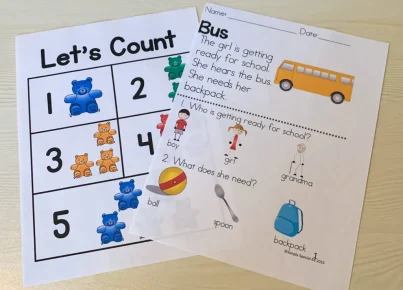A 504 Plan and an Individualized Education Program (IEP) are both legal documents designed to help children with disabilities succeed in school, but they are used in different circumstances and have distinct features.
A 504 Plan, derived from Section 504 of the Rehabilitation Act of 1973, is crafted for students who do not qualify for special education services under the Individuals with Disabilities Education Act (IDEA) but who still require some accommodation to fully participate in the educational program. It is broader in scope than an IEP and applies to any individual with a disability who needs accommodations to ensure their needs are met as adequately as their non-disabled peers. Examples of accommodations can include preferential seating, extended time on tests, or modifications to the physical classroom.
An Individualized Education Program (IEP), on the other hand, is for students covered under IDEA, which requires public schools to provide specialized education services to eligible students at no cost to their families. It is a more comprehensive plan compared to a 504 Plan and requires detailed documentation including the student’s present level of performance, annual educational goals, special education supports and services provided, participation with non-disabled children, accommodations necessary, modification specifics for state or district-wide tests, dates and places of service delivery, transition services as needed and measures of progress.
The main differences between a 504 Plan and IEP can therefore be summarized by eligibility criteria (IDEA vs. Section 504), depth of service provision (comprehensive special education vs. accommodations), and the specific laws that mandate them (IDEA mandates IEPs; Section 504 mandates 504 plans). While both aim to support student learning and access to education, they operate within different frameworks tailored to the specific requirements of individual students.




